Sale!
Description
Purpose :
- Geographic Reference: One of the primary purposes of a world map is to provide a geographic reference for understanding the spatial relationships between different countries, continents, oceans, and other geographic features. It serves as a visual representation of the Earth’s surface.
- Navigation: World maps are essential tools for navigation, both for understanding the layout of the Earth’s surface and for planning routes between different locations. They help travelers, sailors, pilots, and adventurers navigate across long distances.
- Education: World maps are used in educational settings to teach students about geography, cartography, and global studies. They help students develop a better understanding of the world’s continents, countries, capitals, and other geographic features.
- Cultural and Political Representation: World maps often depict political boundaries, such as national borders and territorial claims, providing a visual representation of the world’s political landscape. They also highlight cultural diversity by showing the distribution of languages, religions, and ethnic groups.
- Global Analysis: World maps are used for global analysis across various disciplines, including economics, sociology, environmental science, and public health. They help researchers and policymakers understand global trends, patterns, and disparities in areas such as economic development, population distribution, environmental change, and health outcomes.
- Communication: World maps are powerful tools for communicating information visually. They help convey complex spatial relationships and data to a wide audience in a clear and intuitive way. They are used in media, presentations, reports, and other forms of communication to illustrate global issues, trends, and events.
- Strategic Planning: World maps are used in strategic planning by businesses, governments, and organizations to analyze global markets, identify opportunities and risks, and plan international operations. They help decision-makers understand the geographic context of their activities and make informed strategic decisions.
- Environmental Conservation: World maps are used in environmental conservation efforts to identify areas of ecological significance, biodiversity hotspots, and threats to the environment. They help conservationists prioritize conservation actions and plan strategies for protecting natural resources and ecosystems on a global scale.
Uses :
- Geographic Reference: A world map serves as a basic geographic reference, helping individuals understand the layout of the Earth’s continents, oceans, and major geographic features.
- Travel Planning: World maps are invaluable tools for travelers. They help individuals plan routes, understand distances between destinations, and explore potential travel destinations across different continents and countries.
- Education: World maps are used in classrooms around the globe to teach students about geography, cartography, and global studies. They help students learn about countries, capitals, continents, oceans, and other geographic features.
- Cultural Understanding: World maps can be used to explore cultural diversity and understand the distribution of languages, religions, and ethnic groups around the world. They help individuals learn about different cultures and societies across continents.
- Political Analysis: World maps depict political boundaries, such as national borders and territories, providing insights into the global political landscape. They help individuals understand geopolitical relationships, conflicts, and alliances.
- Global Analysis: World maps are used for global analysis across various disciplines, including economics, sociology, environmental science, and public health. They help researchers and policymakers analyze global trends, patterns, and disparities in areas such as economic development, population distribution, environmental change, and health outcomes.
- Communication: World maps are powerful tools for communicating information visually. They are used in media, presentations, reports, and other forms of communication to illustrate global issues, trends, and events.
- Strategic Planning: World maps are used in strategic planning by businesses, governments, and organizations to analyze global markets, identify opportunities and risks, and plan international operations. They help decision-makers understand the geographic context of their activities and make informed strategic decisions.
- Environmental Conservation: World maps are used in environmental conservation efforts to identify areas of ecological significance, biodiversity hotspots, and threats to the environment. They help conservationists prioritize conservation actions and plan strategies for protecting natural resources and ecosystems on a global scale.
- Personal Exploration: World maps can be used for personal exploration and enjoyment. They allow individuals to visualize the world, learn about different countries and cultures, and satisfy their curiosity about the world’s diverse landscapes and environments.
Only logged in customers who have purchased this product may leave a review.
Related products
-
- Sale!
Moving Average Chart
-
$ 15Original price was: $ 15.$ 10Current price is: $ 10. - Add to cart
-
- Sale!
Density Contours charts
-
$ 15Original price was: $ 15.$ 10Current price is: $ 10. - Add to cart
-
- Sale!
Radial Cluster Tree
-
$ 15Original price was: $ 15.$ 10Current price is: $ 10. - Add to cart

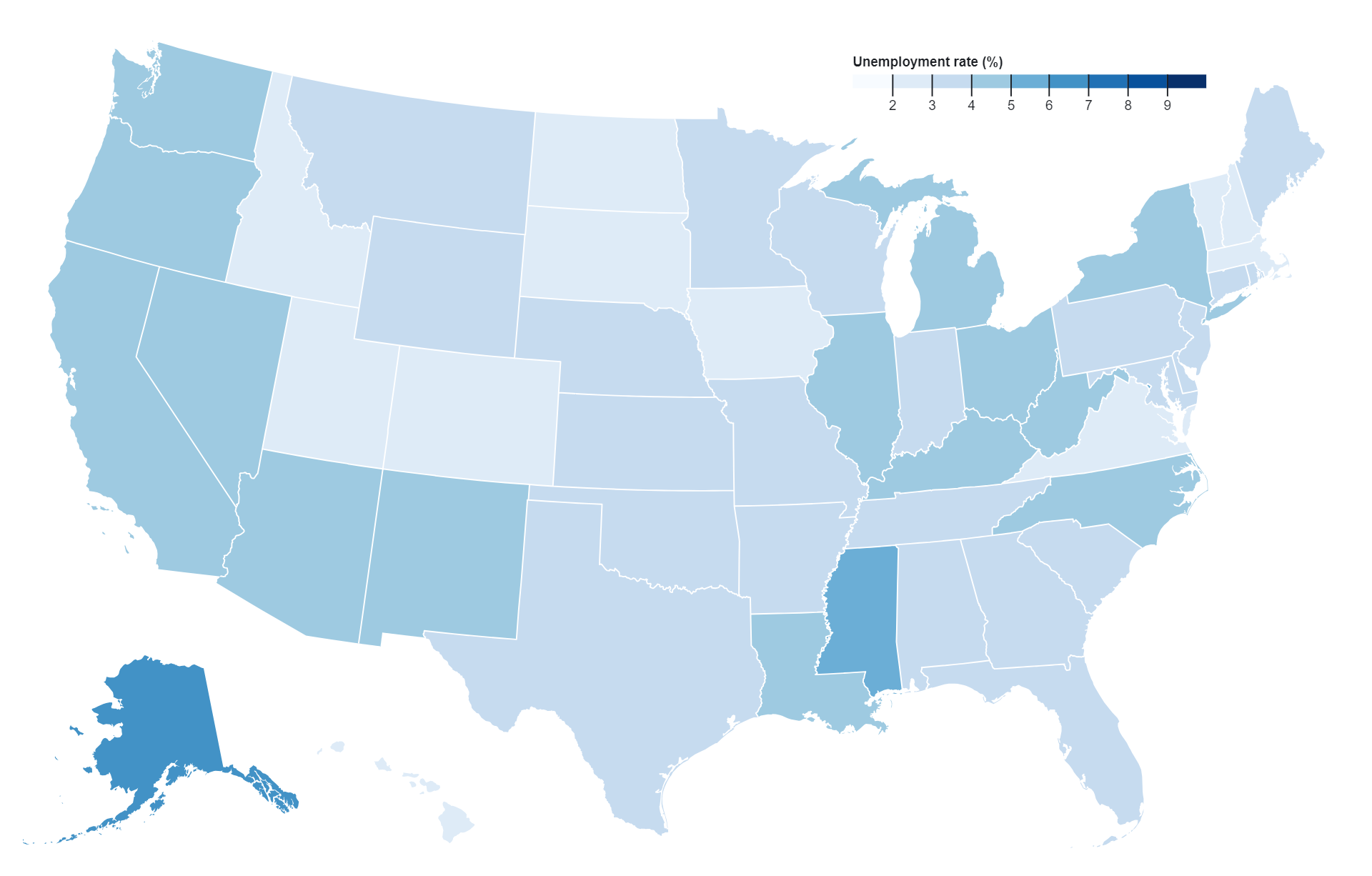

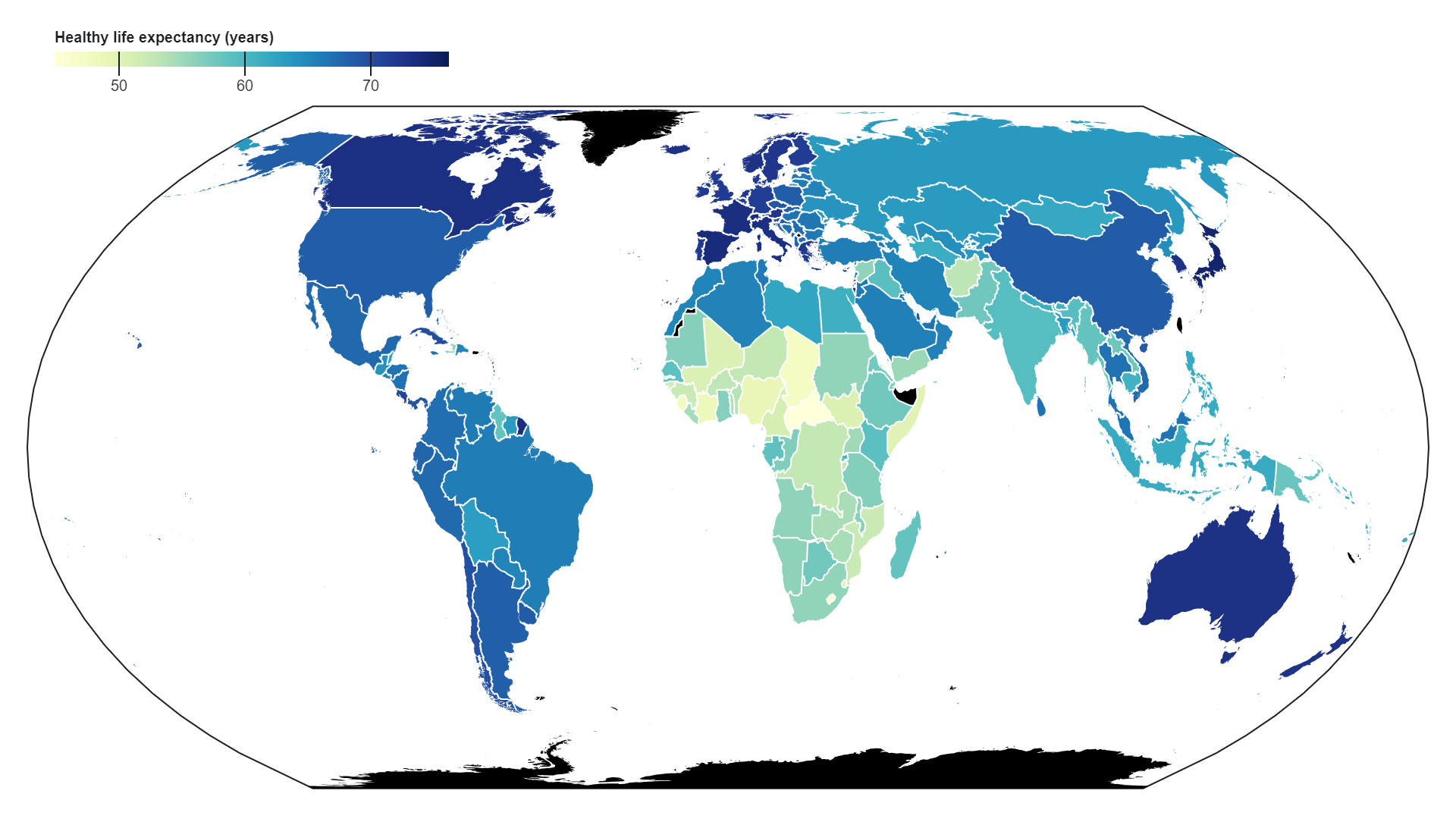
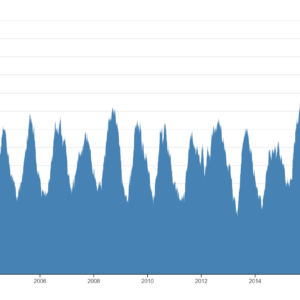
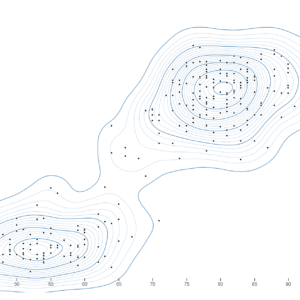
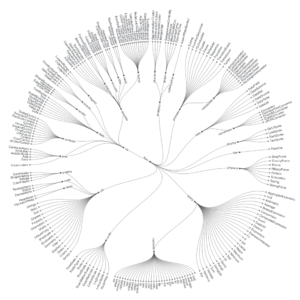
Reviews
There are no reviews yet.